Have you ever wondered how an architectural firm defines interior design? Architecture focuses on spaces which follow design standards while interior design makes a smartly-designed space appear more aesthetically pleasing. There are a plethora of ways in which professional architects can answer this question. For some, it is the “finishing touch” to a heavy-duty construction project, while to others it is indistinguishable from a comprehensive application of architectural design principles. However, no matter how much their opinions may vary, architects in Pakistan gauge interior design according to the following core guidelines:
What is Interior Design?
Interior design is the practical application of both technical knowledge and creative thinking to interior spaces. An interior designer is a creative individual who is capable of coming up with innovative designs without sacrificing the technical details. Academic disciplines like engineering, environmental psychology, and even cognitive science, all converge to form modern-day interior design principles. An interior designer in Lahore must possess an in-depth understanding of the environment they will be working in as well as the ability to actualize their conceptual designs.
The Designer’s Duty
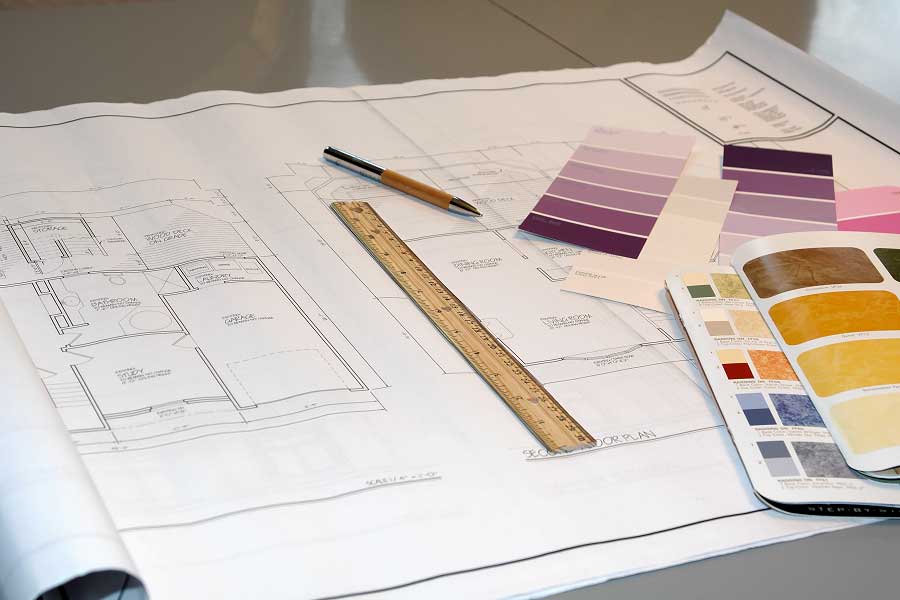
Like others in traditional careers, like accountants and medical professionals, architects are responsible for ensuring that people can live, work and even entertain in the spaces that they build. Not only that, the built spaces must be safe, secure, and comfortable for all the inhabitants.
The technical side of their role requires the following:
- an analysis of the clients’ needs,
- the creation and implementation of building plans, and
- the management and delivery of the project within the given budget and timeline.
Razor-Sharp Focus
The demand for increasingly sophisticated building design must be matched by a more focused, interior design expertise. A seamless application of contemporary design concepts, such as bespoke design, requires a keen eye as well as restraint. The first task in an interior design project should be space planning. After evaluating the given space, an architect will then figure out how to best accommodate the residents.
Designing for Privacy

Interior designers and architects, both, must also consider their client’s privacy needs. Privacy includes the control of visual, territorial, aural or even informational access to various parts of the building. For example, for clients living in a traditional joint-family system, every family member has their individual privacy-related requirements – be it the grandparents or the children. A designer should craft an interior which ensures each person’s privacy without compromising on the house’s “flow”.
Acoustic Transmission
Acoustic transmission deals with how sounds are controlled and transmitted within a certain building design. Every single built environment demands a customised acoustical strategy; there is no “one-fits-all” approach for good acoustical design.
Operability
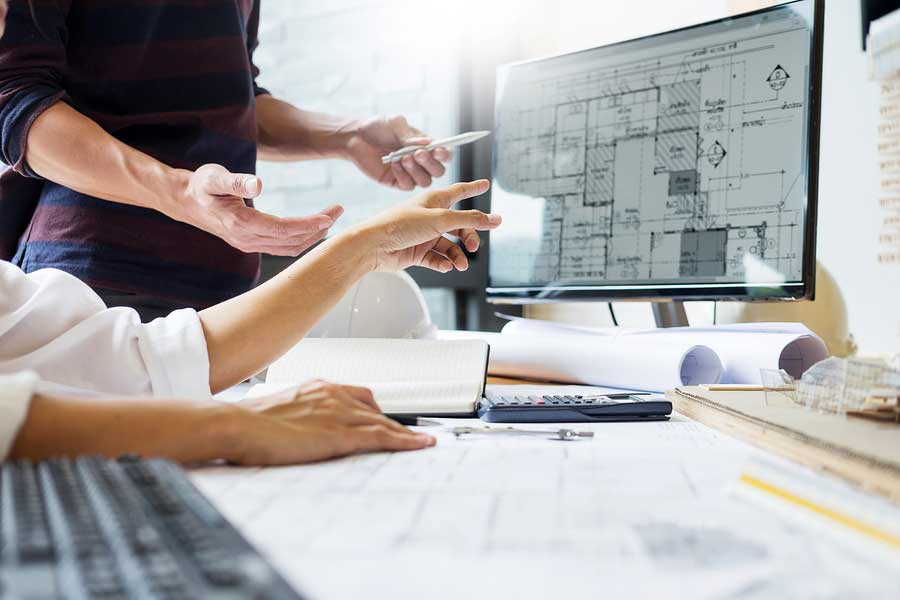
A design professional makes sure that a visually-appealing design also provides functionality to the client. Every structure and design element in the building must serve a purpose for the occupants.
Air Circulation
An architect also considers how to maximise air circulation and ventilation in a proposed building. This is usually accomplished by installing ceiling fans, exhaust fans, vents as well as living walls.
Material Quality
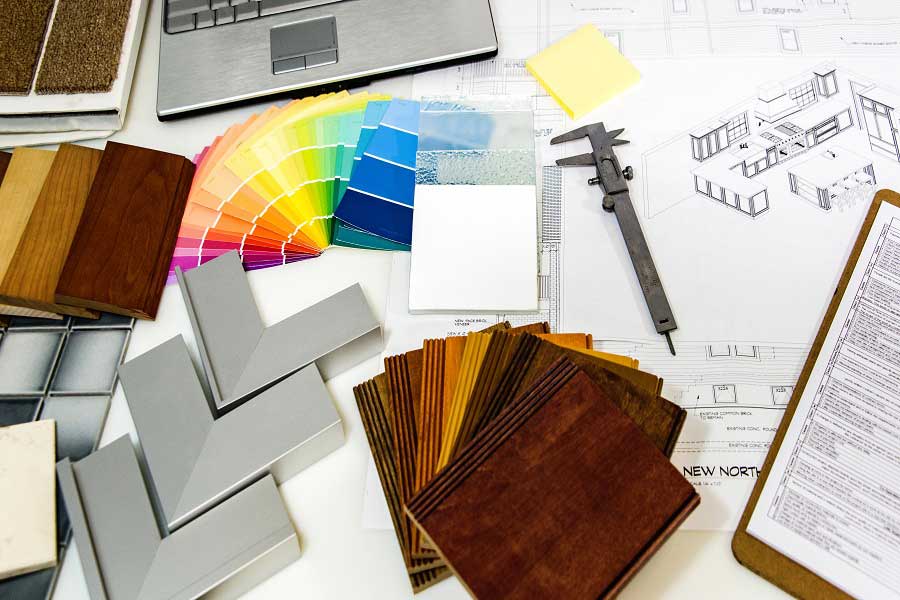
An interior designer has to keep note of material quality as well. This could range from the material used for the flooring, walls, windows and so on. If we’re talking about bespoke design, then this could go even further to the material of the furniture itself.
Durability
Architects try to use durable materials that can ensure the new building’s longevity.
Flammability
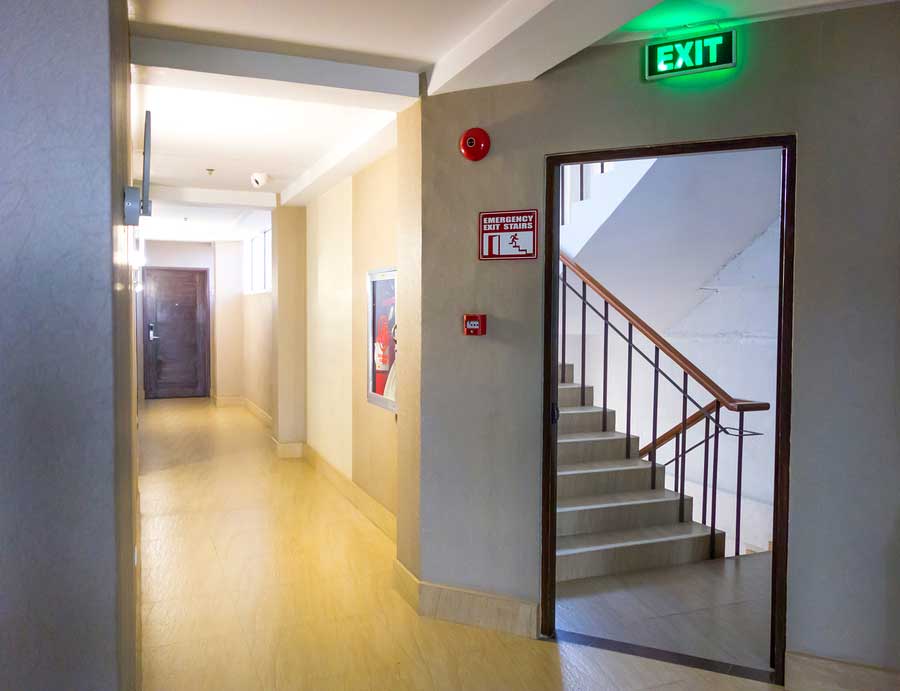
Architects also take into account flammability while visualising a brand-new building design. Their task list includes implementing a proper fire escape plan, designing escape routes and stairways, and carrying out multiple tests to achieve safety standards.
Fire-resistant Design
In the case of an emergency, design professionals also have to figure out ways to increase the level of fire resistance. This is in addition to ruling out all possible flammable materials from their building plan. They must implement fire-resistant design across every inch of the new structure – from the walls and floors to the ceilings and windows.
Achieving Safety, Functionality, Quality, and Aesthetics
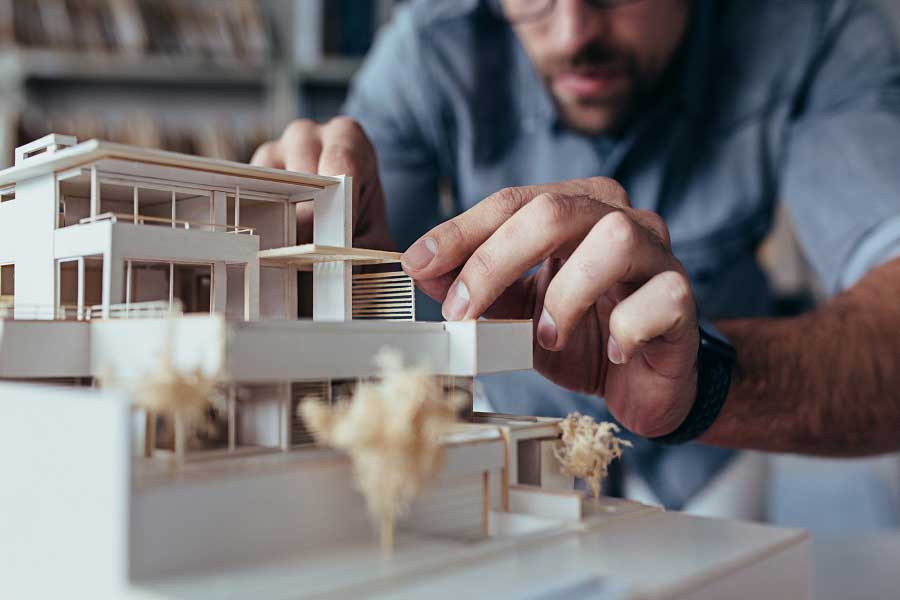
These are all factors which any interior designer around the world, including an interior designer in Pakistan, will consider essential to a successful design. To the layman, interior designing appears to only be about the aesthetic, or the superficial beauty. However, beyond the surface, there are countless calculations that take place to determine the ultimate functionality for the homeowners.
Light Control
Lighting is another, often overlooked, aspect of building design. With the growing popularity of smart home technology, interior designers have the ability to automate the entire lighting process. This includes occupancy sensors, which are lights that turn on whenever an individual enters a room. There are dimmers as well as main lighting features that can all be linked to an automatic timing system.
Find Your Niche

The steadily increasing complexity of residential and commercial space designs requires the specialisation of professional design services. There are countless interior design styles, such as modern, traditional, provincial, minimalist and even feng shui, and it all depends on what the client desires for their new space.
Thermal Heat Gain and Thermal Heat Loss
Heat gain calculations are done for the purpose of air conditioning design for the warmer months and heat loss calculations are made for heating purposes during the colder months. The goal is to have the optimal level of heat gain/heat loss so that the people living and working inside can be comfortable.
Back to our original question, what does an architectural firm mean by interior design? While every architect is entitled to their own opinion, the points discussed above are universally applicable.